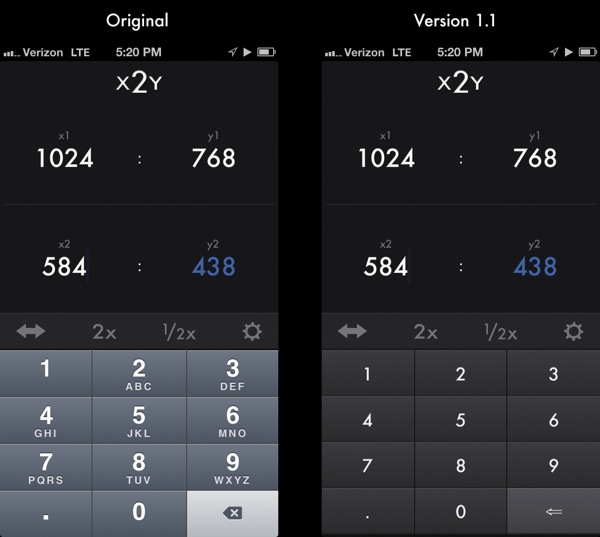There I sat, in my home office, two minutes after midnight, white 16GB iPad mini in my shopping cart on the Apple Online Store. One click away from preordering a new Apple product for the first time in years.
But then I decided I would miss the hipsters in the Marina too much. So I went to bed.
Yes, that means I’ll be in line again this coming Friday. Call me crazy, but at this point it’s just too entertaining. I am hoping there won’t be rain, however. That’s always a bummer.
I’ve written before about Apple launches and the benefits of getting in line rather than waiting for FedEx. Allow me a moment to offer my thoughts on this particular iPad mini launch.
Preorders of the white version sold out in about twenty minutes, while the black ones weren’t sold out until over 35 hours later. What happened?
An educated guess:
- Apple usually manufactures far more black units than white, as black is far more popular.
- Preorders at midnight are usually dominated by developers and other tech nerds, who even moreso than the general public go with black over white for their devices. (They think black makes them cool, but the rest of us know it just makes them nerds. They also think that white is for girls, which is not only sexist, it’s stupid.)
- Developers and other tech nerds, the bulk of the preorder-at-midnight crowd, don’t view the mini as a potential primary iPad. They’re mostly thinking that this mini will just be a “testing device,” something to play around with and use for experimental purposes.
- Because of this, many decided, “What the heck? All my iOS devices are black. Let me try the white one this time.” (Anecdotal evidence from my developer friends, and even Marco Arment, has shown this to be true. I considered black for the same reason, but then I came to my senses.)
Thus, I believe Apple didn’t plan on enough white to meet demand. I’m hoping a week will be enough time to correct this mistake in judgement. I don’t want to show up on Friday only to be told they won’t have any white ones for in-person sale.
Regarding the lines, let me save some time for all the Apple haters out there ready to pounce on any opportunity to demonstrate that this new mini will be a flop. The lines won’t be very long on Friday. And that won’t be any indication of the mini’s future.
Why? Well, I almost preordered myself, as I mentioned at the beginning of this post. And I’m mister “Always wait in line.” If I was considering not waiting in line, you’d better believe that a lot of other usual line-waiters were, too.
And why would so many of us consider sitting this one out?
- We were just in line for the iPhone a few weeks ago.
- It’s November, which makes it a much colder (and possibly wetter) line waiting experience. Those few weeks make a big difference in much of the Northern Hemisphere.
- Only the WiFi models will be available. WiFi will probably be more popular than LTE, but that’s still millions of people who will wait a few more weeks to get 4G.
- Many will consider this just a testing device, as I mentioned before, so they won’t necessarily think they need to have one immediately. They’ll drop by the store a few weeks later and pick one up. Or just wait out the few weeks for home delivery. (Once they have one, however, they’ll end up liking and using it far more than they thought.)
- The core audience for this device is not the early-adopting tech nerd crowd. Like the iPod mini, this is the iPad for everyone else. It will sell accordingly, over the span of the quarter, to people who shop like normal people.
Oh, and a large portion of the United States is likely to be recovering from one of the nastiest storms in recent memory. Flood damage could very well leave millions of potential customers with decidely more important things with which to be concerned. (Best wishes to my friends and family on the East Coast this week. Stay above water.)
I’m planning on getting to the store just a few hours before opening. Even if the hipsters prove me wrong and show up earlier, iPad transactions go a lot faster than iPhone transactions, without all that contract nonsense. The line will move very quickly.
Make no mistake, though. The mini will be a huge hit. My guess is that sometime next year the mini will be the top-selling iPad. Just as the iPod mini was. It will become the primary iPad for most people, the way the 13-inch MacBook Pro is the go-to laptop for most people. Once it goes Retina, the mini may even become my primary iPad. Depends on whether that processor remains a step or two behind its big brother.
Smaller and lighter usually wins in the tech marketplace. Why do you think Apple is so seemingly irrationally obsessed with thinness?
